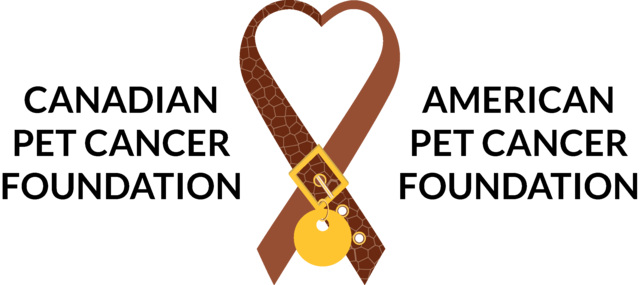- Lymph Nodes and Cancer
- Lymphatic system overview
- Unusual lymph node symptoms
- Cancers of the lymphatic system
- Detecting cancer in the lymphatic system
- Treatments for lymphoma
- Caring for your pet during chemotherapy
- Will my pet survive?
CARING FOR YOUR PET DURING CHEMOTHERAPY
Chemotherapy will weaken your pet’s immune system. Ensure to keep your pets inside during treatment and minimize exposure to other pets and animals. Minimal exposure will reduce their chances of contracting a secondary infection resulting from bacteria or viruses. Also, protect your pet as best you can from injuries, such as scratches, that can introduce unwanted germs into your pet’s system leading to illness. Call your vet immediately if any swelling, redness, or rashes arise around scratches or bites your pet has acquired.
During your pet’s chemotherapy, you want to provide care to reduce their pain and discomfort from these side effects. You can ensure your pet is adequately medicated, has a comfortable and quiet place to rest, stays hydrated, and eats nutritious foods. The most comforting thing you can offer your pet is your presence. Ideally, your pet’s daily routine should not be interrupted, as routine can give a sense of comfort and stability for both you and your pet.
If your pet is suffering side effects that require a visit to the hospital, it is likely their chemotherapy requires an adjustment. When you are not sure what you can do for your pet during their treatment, speak to your vet.
When your pet is undergoing chemotherapy, you must also protect yourself. Your pet’s feces and urine can potentially contain the breakdown of chemotherapy chemicals. Therefore, specialists recommend you wear protective latex gloves when touching your pet’s waste 24 to 48 hours after their treatment administration and wear gloves to handle any chemotherapy pills.
One of the best ways to care for your pet during treatment is to ensure they feel loved and comfortable throughout their illness. As scary and ambiguous as cancer treatments can be, your love for them is one thing they can always rely on.

The Pet Cancer Foundation’s Website Editorial team is comprised of veterinarians, veterinary oncologists, and veterinary technicians, as well as scientific writers and editors who have attained their PhD’s in the life sciences, along with general editors and research assistants. All content found in this section goes through an extensive process with multiple review stages, to ensure this extended resource provides pet families with the most up-to-date information publicly available.
The team listing of those contributing to the information on this page is here:
Keep Your Pets Healthy Editorial Team
Last Updated: October 21, 2022
The Pet Cancer Foundation’s medical resource for pet owners is protected by copyright.
For reprint requests, please see our Content Usage Policy.

The Pet Cancer Foundation’s Medical Illustration team is comprised of medical illustration specialists and graphic designers that work in consultation with our team of experts to create the medical art found throughout our website. Though not all medical concepts require the assistance of imagery, when a page does contain a medical illustration, credit to the artist and our medical art director will be noted here.
The Pet Cancer Foundation’s medical imagery is protected by copyright and cannot be used without prior approval that includes a mutually signed licensing agreement. Please review our Content Usage Policy.
The following sources were referenced to write the content on this page:
Duncan, B & Dobson, JM 2011, BSAVA Manual of canine and feline oncology, 3 edn, BSAVA Library, Gloucester.
MacDonald, V 2009, ‘Chemotherapy: managing side effects and safe handling’, Can Vet J, vol. 50, no. 6, pp. 665-668.
Thamm, DH & Vail, DM 2007, ‘Aftershocks of cancer chemotherapy: managing adverse effects’, J Am Anim Hosp Assoc, vol. 43, no. 1, pp. 1-7.
The Pet Cancer Foundation’s medical resource for pet owners is protected by copyright.
For reprint requests, please see our Content Usage Policy.
